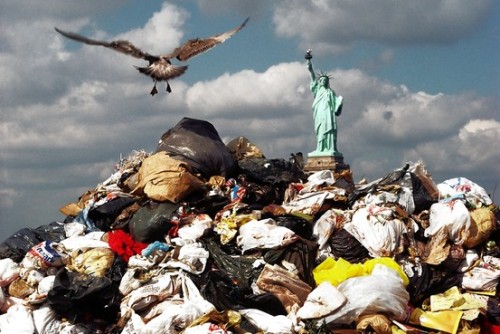Over the past several months, we’ve received messages from
developers asking us about the economics of possible waste-to-energy projects. We
thought it might be helpful to write a blog post on what goes into determining
the economic viability of a project.
As is the case with any new industry, new project developers
come from a variety of backgrounds. While some enter with a background in
economics, others bring in different strengths. What sometimes pains us is
watching new developers spending time and money on projects that don’t have a
chance at succeeding. We’ve provided a list of factors and questions to ask
when looking at a new technology or project:
1. Tip Fee
How
much are you getting paid to take the waste?
2. Transportation and Preprocessing Costs
How far are you trucking the waste?
Are you
sorting the material first?
3. Energy Value of the Resulting Feedstock (Usually measured
in BTU/lb.)
What’s the BTU value of the feedstock after its been
processed?
4. Efficiency of the Waste Conversion Technology (also known
as Heat Rate)
How
much energy are you getting for the amount of feedstock you put in?
5. Capital Cost of Waste Conversion Plant
How
much does the plant cost (financing included) when amortized over the tons
processed?
6. Value of Energy You Produce
Are you
creating a high-BTU or low-BTU syngas?
What
can you do with this syngas once it’s produced?
How
much do you get paid for the energy you produce (electricity vs. steam)?
7. Cost of Disposal of Ash or Residual Material
Do you
have any leftover waste that must be landfilled?
Of course, this is an overly simplified model and project
developers need a competent team of engineers and financial planners as they
develop the project. The point of this information is to provide newer
developers with some information that might help them screen out projects that won’t be profitable earlier in the
process.
Here’s an example to help illustrate this point:
*Green cells represent inputs
The economics are dependent on the quality of inputs.
Generally, we encourage developers to consider two Rules of Thumb:
1. In the state of our economy, and especially with newer
technologies, you should have a simple payback on the project of less than five
years.
2. One of our members has come up with what he has dubbed
the “$125 Rule”
He suggests that when dealing with projects that will
generate electricity, you take the tip fee in dollars per ton and add it to the
price of electricity (measured in dollars per MWh, including all credits). The
total should be above $125 in order for it to be a viable project.




